Innovative Drones and Tactics employed to counter Russian forces
As the conflict between Ukraine and Russia continues, Ukrainian forces have turned to innovative technology and tactics to counter the superior firepower of Russian forces. In a frontline drone laboratory, Ukrainian soldiers are utilizing 3D-printed explosive casings to build “bomber” drones capable of taking out artillery, armored vehicles, and tanks, reports The Independent.
Unmanned aerial vehicles (UAVs), commonly known as drones, have become a priority for both Ukraine and Russia. For Ukraine, the development and use of drones offer a way to craft and adapt technology without relying on help from the West. As the conflict has evolved into a stalemate along most of the 600-mile front, attention has increasingly shifted to the skies, with missiles, drones, air-defense systems, and planes raining death down from above.
In the drone laboratory, soldiers use 3D printers to create plastic casings for different types of bombs. According to a soldier using the war name “Kucheryaviy,” one casing can be printed every 24 hours. The 3D-printed bombs have lighter casings than metal ones, allowing them to be filled with more explosives. These bombs can be released from expensive bomber drones, which can return intact after their mission, or strapped to suicide or kamikaze drones, which are destroyed when they smash into their targets.

“The drones can fly 12 to 13 kilometers, depending on how fast they are flown, the weight they carry, wind speed and direction and the temperature; the colder it is, the slower it is,” Kucheryaviy explains. “Much depends on the type of battery. We have modified drones with an extra battery. But that makes them a bit heavier, so you’re not doubling the flight distance. Because the 3D-printed bombs have lighter casings than the metal ones, we can fill them with more explosives.”
The Chinese DJI Mavic 3 drone has become the most popular among Ukrainian forces. However, as more drones are used and each side gets better at destroying them, Ukrainians have searched for cheaper options and quicker methods to replenish inevitable losses.
Kucheryaviy notes that last year, presumably under Kremlin influence, Chinese manufacturers implemented a modification aimed at stopping their DJI drones from functioning in Ukraine. However, he mentions that Ukrainian IT specialists swiftly discovered a solution to bypass this restriction.
The solution has been to make them, or as much of them as possible, domestically. Many of the components, though, have to be imported from abroad, and Ukrainians and Russians have been competing to buy huge quantities of available parts from wherever they can be found.

Drones are likely to dominate the next phase of the war, and a race is on to develop autonomous guidance systems using Artificial Intelligence (AI) to make drones almost invulnerable to existing electronic warfare methods capable of disabling or destroying them. Ukraine’s Minister for Digital Transformation Mykhailo Fedorov has stated that Ukrainian engineers are working on devising drone control systems with AI capability.
As the importance of UAVs has increased, so have the countermeasures against them. Both Ukraine and Russia have developed compact electronic warfare (EW) devices that can be carried by tanks and other expensive hardware or installed in trenches and bunkers. However, Russia currently holds an advantage in EW capabilities, as it has devoted much effort in the decade prior to its invasion of Ukraine to developing these capabilities.
Despite the challenges, Ukrainian forces are determined to continue innovating and adapting their technology to counter the Russian invasion. The race to develop the most effective and destructive ways to use drones is ongoing, with both sides seeking new methods to disable or destroy the other’s UAVs.
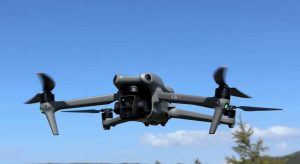
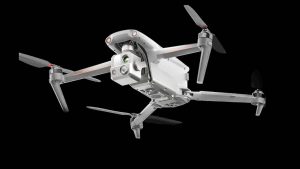


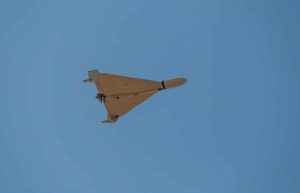
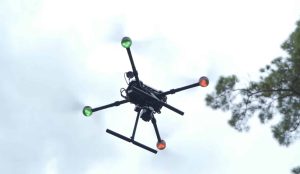
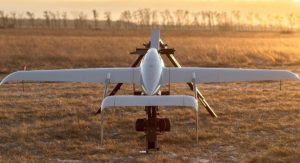
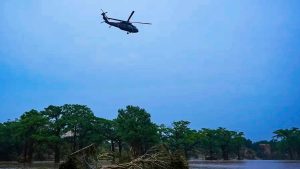

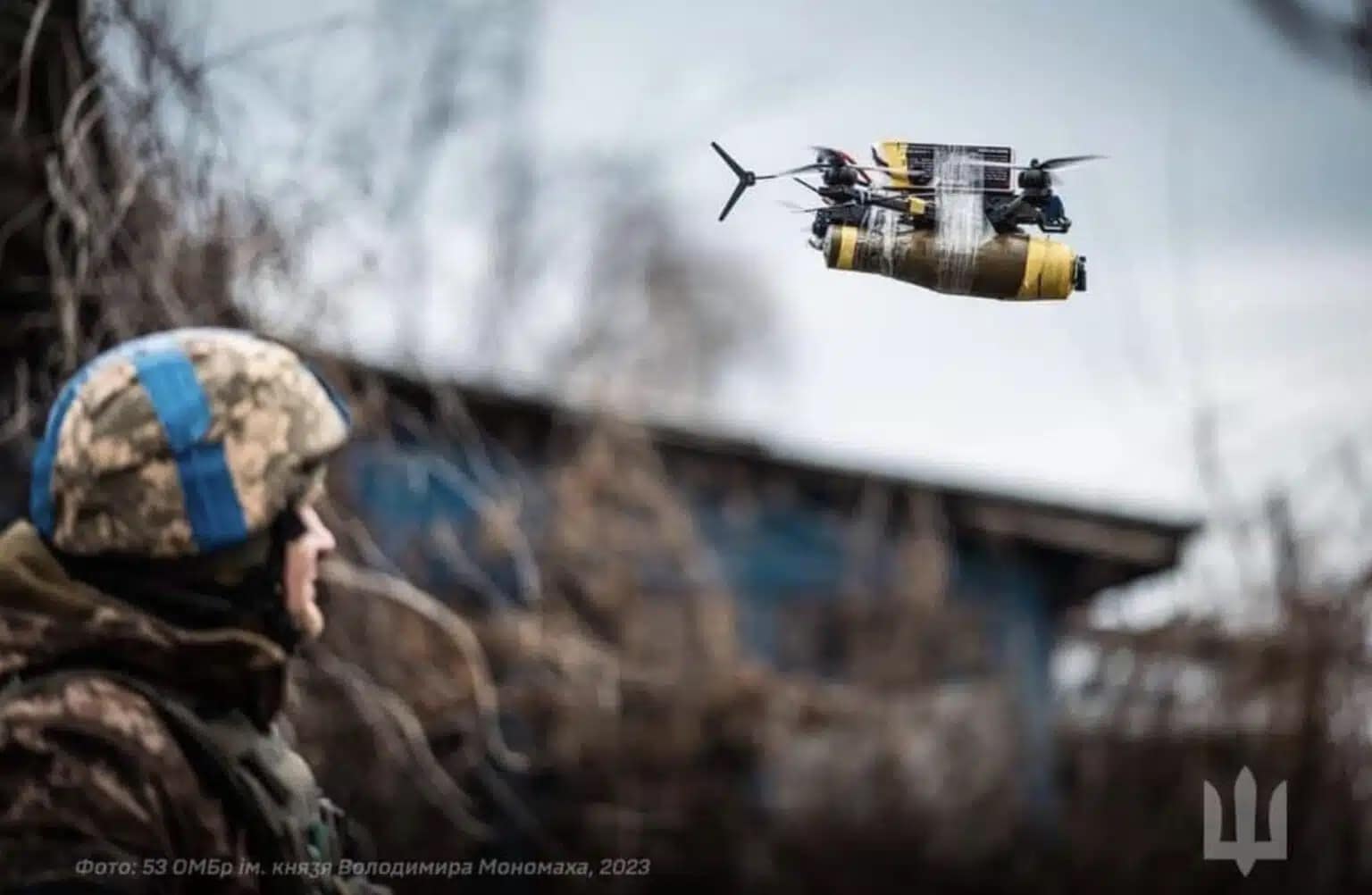

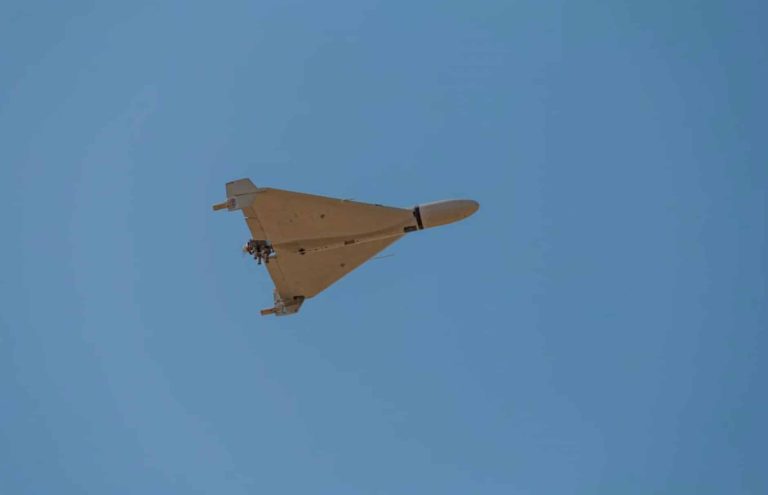
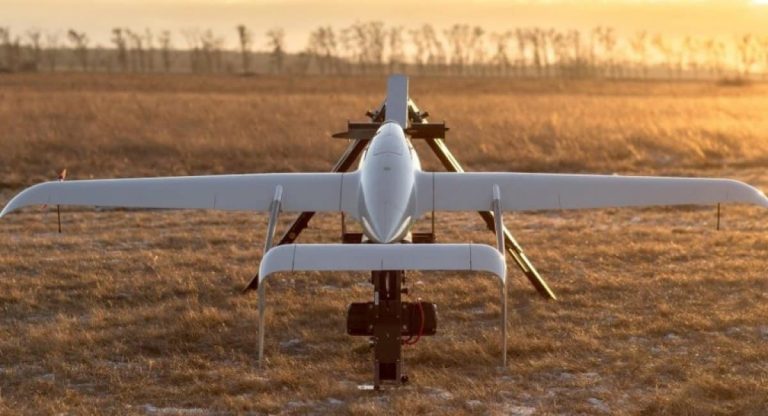

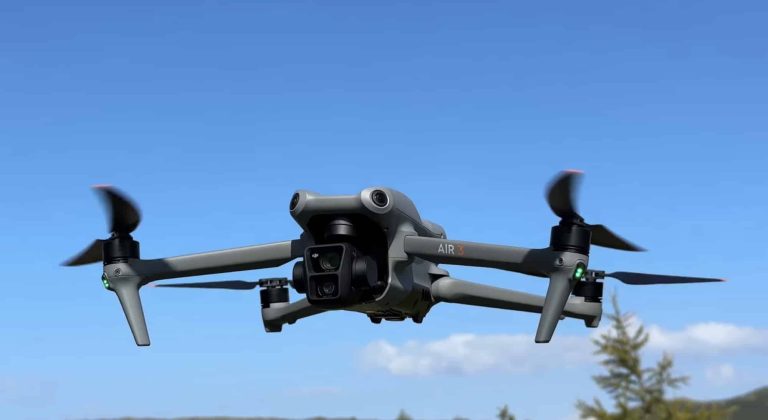
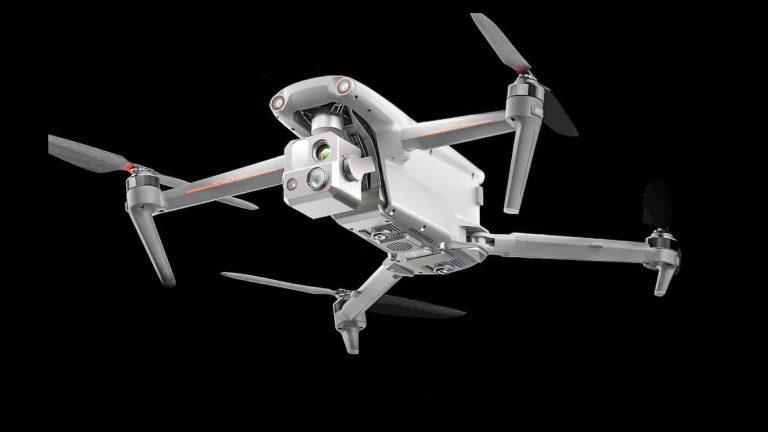
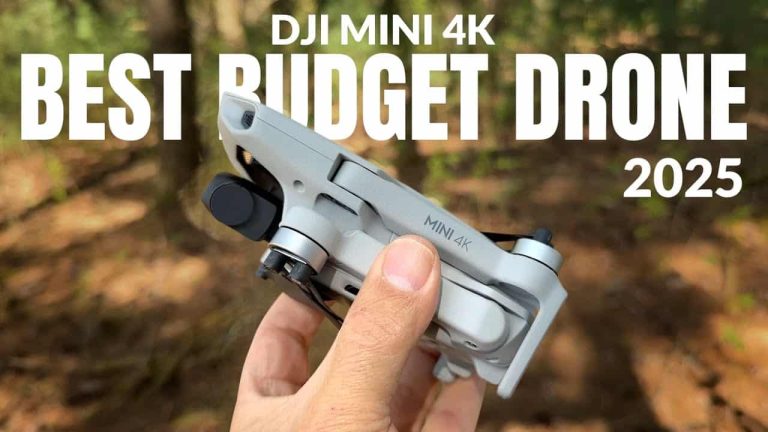



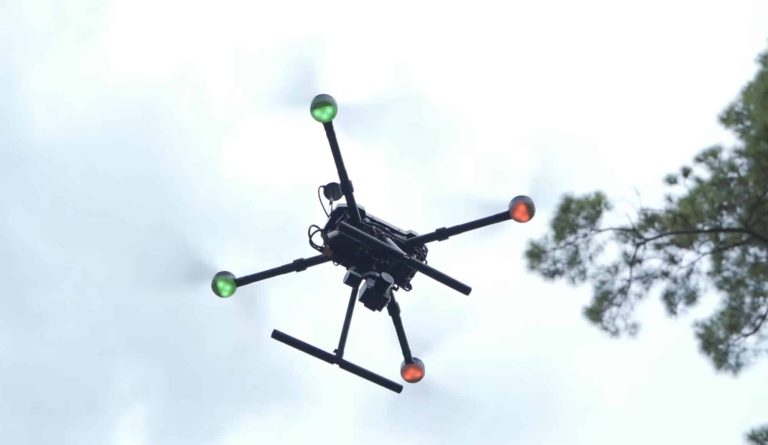

+ There are no comments
Add yours